Montessori Nature Walk Activities
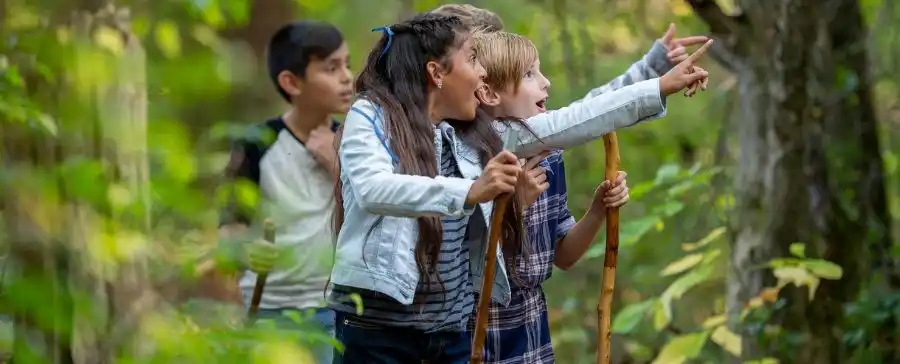
Nature walks are a great way for children to explore and learn about the natural world around them, and the Montessori approach is particularly well-suited for ensuring that your nature walks are part of an enriching learning experience. Montessori nature walk activities will help you give your young learners a hands-on, experiential outing that supports the development of their independence, curiosity, and problem-solving skills. They will also provide a rich source of material for further exploration and learning.
One of the cool things about nature walks is that you can take one almost anywhere! In fact, we went on two nature walks right in the middle of big cities. We looked for different kinds of animals in New York, and we found all kinds of interesting plants in London … all while using Montessori nature walk activities to enhance our learning experience along the way!
Whether in a park, nature reserve, or even a backyard, a nature walk can be a valuable and educational activity for children of all ages. If you want to plan one, take a look at our guide below! We’ll give you some great ideas for Montessori nature walk activities that will encourage your learners to take the lead and explore their environment at their own pace by using their senses and by making observations about the things they encounter.
Table of Contents
- Montessori Principles That Will Help Guide Your Nature Walk
- How to Enhance the Learning Component of Your Nature Walk
- Final Thoughts on Montessori Nature Walks
- Go on a Virtual Nature Walk with Montessori Laboratory
- Try Montessori Laboratory’s Hands-on Science Lessons for Free
Montessori Principles That Will Help Guide Your Nature Walk
The Montessori approach to education is based on the belief that children are naturally curious and motivated to learn. By following and encouraging the Montessori principles of independence, collaboration, and experiential learning, you can guide your elementary-aged learners on a nature walk that is both educational and engaging.
Ok, so what do these principles look like in practice, and what are some examples of Montessori nature walk activities that align with these principles?
Independence
One key aspect of the Montessori approach is the emphasis on independence. On a nature walk, this means giving learners the opportunity to explore and discover on their own. This helps them develop their own interests and curiosity, as well as their ability to observe and think critically.
To encourage independence on a nature walk, you can provide learners with tools and resources to help them learn about the natural world. For example:
- A magnifying glass or a field guide to help them identify plants and animals
- A journal or sketchbook to record their observations and ideas
By providing these tools, you can empower learners to take charge of their own learning and make their own discoveries.
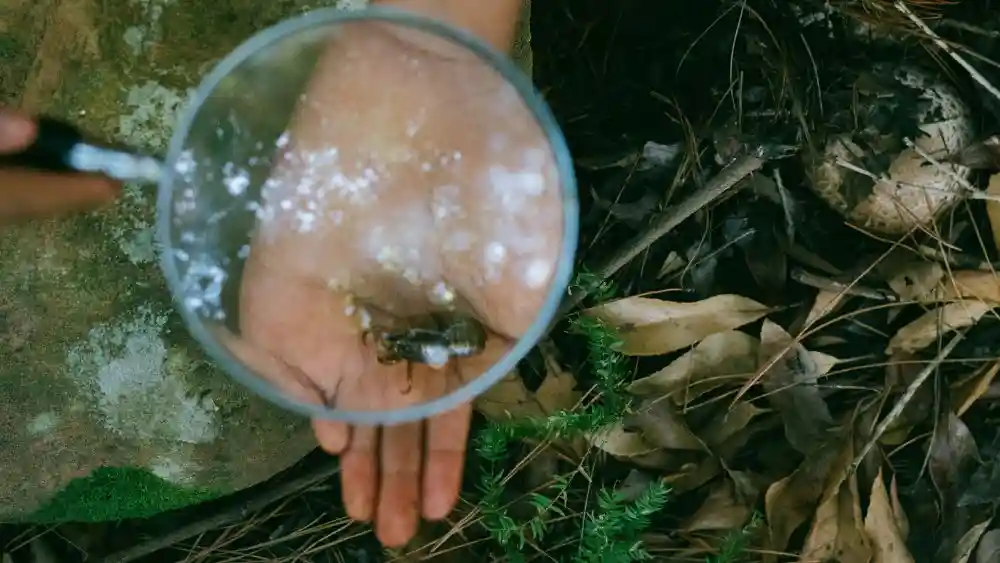
Collaboration
Collaboration is another important principle in the Montessori approach. On a nature walk, this might involve working together as a group to explore a particular area or topic, or it might involve encouraging learners to share their observations and ideas with one another. Collaboration can help children learn from one another, as well as develop their social skills and problem-solving abilities.
To facilitate collaboration on a nature walk, you can:
- Encourage children to work in small groups or pairs.
- Provide prompts or questions to guide their discussions and encourage them to think critically about what they see. For example, you might ask your learners to consider how different plants and animals are adapted to their environment, or how they interact with one another.
By fostering collaboration, you can help children learn more about the natural world while developing their critical thinking skills.
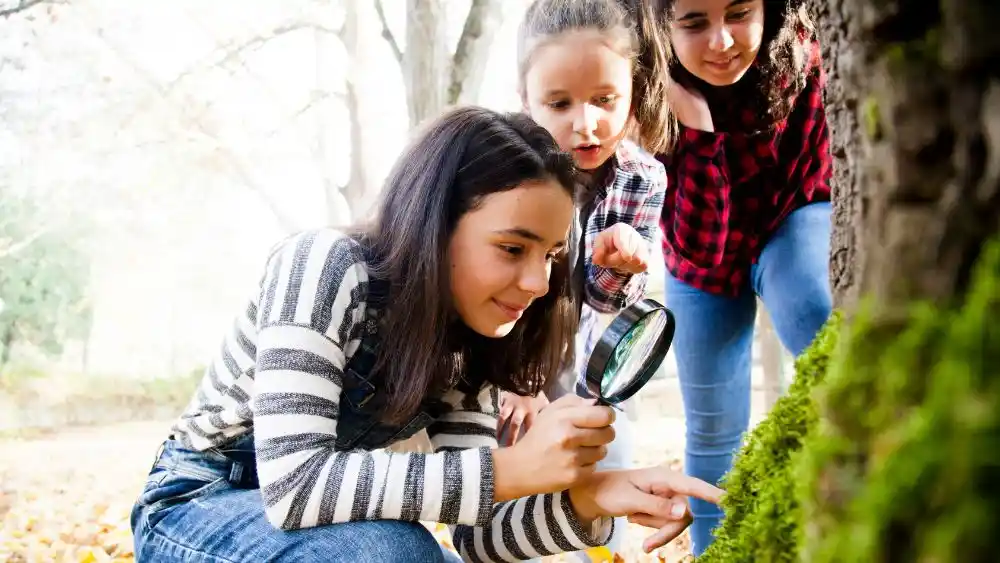
Experiential Learning
Experiential learning is another key element of the Montessori approach, and nature walks are a perfect opportunity to engage students in hands-on, experiential learning. By participating in activities like photographing or drawing pictures of specimens, and observing wild flora and fauna, children can learn about the natural world in a meaningful and engaging way.
To encourage experiential learning on a nature walk, you can provide your learners with opportunities to engage with their surroundings in a hands-on way. For example:
- Have them observe specimens of different plants or animals with a magnifying glass.
- Prompt them to take photos or draw pictures of things they want to research later.
- Encourage them to use their senses to explore their surroundings, such as by listening to different sounds or smelling other plants.
By engaging in these kinds of activities, children can learn about the natural world in a more relevant and memorable way.
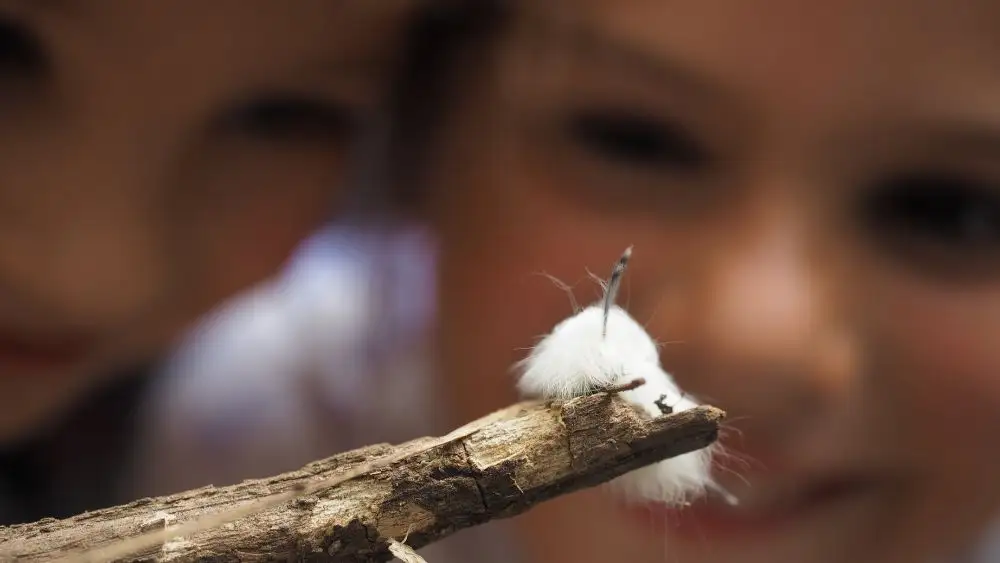
How to Enhance the Learning Component of Your Nature Walk
Nature walks can be a great opportunity to connect with the Montessori albums on the topics of biology and ecology. By incorporating elements from these albums into your nature walk, you can help children learn about the various aspects of the natural world in a hands-on, experiential way. This will not only increase their understanding and appreciation of the natural world, but also help them develop important skills such as observation, critical thinking, and problem-solving.
Before the Nature Walk
Introduce your learners to the topic they will be exploring by using your Montessori albums as a resource. Topics that lend themselves well to the exploration that children may engage in on a nature walk include:
- Parts of a plant
- Parts of a flower
- Leaf, root, stem, and flower variety
- Animal habitats
- Animal food sources
Using the topic (or topics) you plan to focus on for your nature walk, generate questions that have come up from research that your learners have been doing, and conversations they’ve been having. They can help with this part too! In fact, it will further their learning experience if they do.
During the Nature Walk
Encourage children to use their observations to learn more about the concepts you’ve introduced from the albums. Here are two examples of Montessori nature walk activities that we’ve used that complement some of the lessons from our biology album:
- If your learners are exploring the different parts of a plant in class or at home, they can use their magnifying glasses to observe the structure of the plants they see on their nature walk.
- If they have been working on animal Q+A cards in the classroom or at home, you can have them look for an animal to research when they get back from the walk. They can take photos or draw pictures of the animals they see, and come up with a list of questions about them.
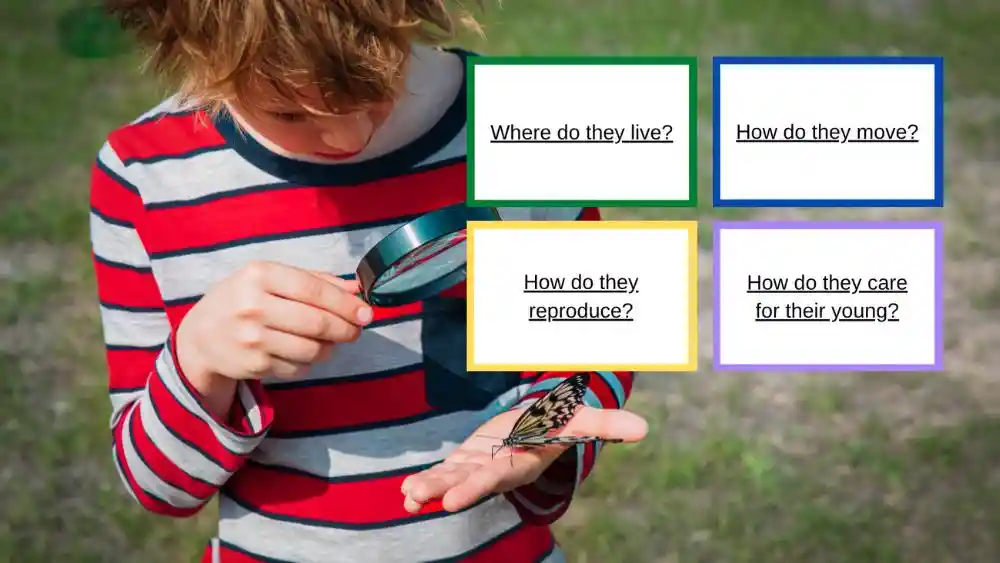
After the Nature Walk
Let your learners research and learn more about the things they saw on the nature walk. To inspire them to do so, you can:
- Ask them to share their observations and ideas with their classmates, friends, siblings, or you.
- Encourage them to reflect on their experiences and think critically about what they saw and learned on the nature walk.
- Provide them with access to resources like field guides, websites, and books.
Final Thoughts on Montessori Nature Walks
Overall, nature walks are a valuable way to connect with the natural world and learn about the environment. The Montessori approach to nature walks emphasizes observation and respect for the natural world and encourages children to use their senses to explore and learn. By following these guidelines and creating a sense of wonder and curiosity, nature walks can be a meaningful and enriching experience for children of all ages. As a result of implementing these techniques, children will develop a deeper appreciation and understanding of the natural world and improve their concentration, focus, and executive functioning skills. By taking the time to engage in nature walks and do Montessori nature walk activities, we can help children develop a lifelong love for science and a sense of stewardship for the environment.
Go on a Virtual Nature Walk with Montessori Laboratory
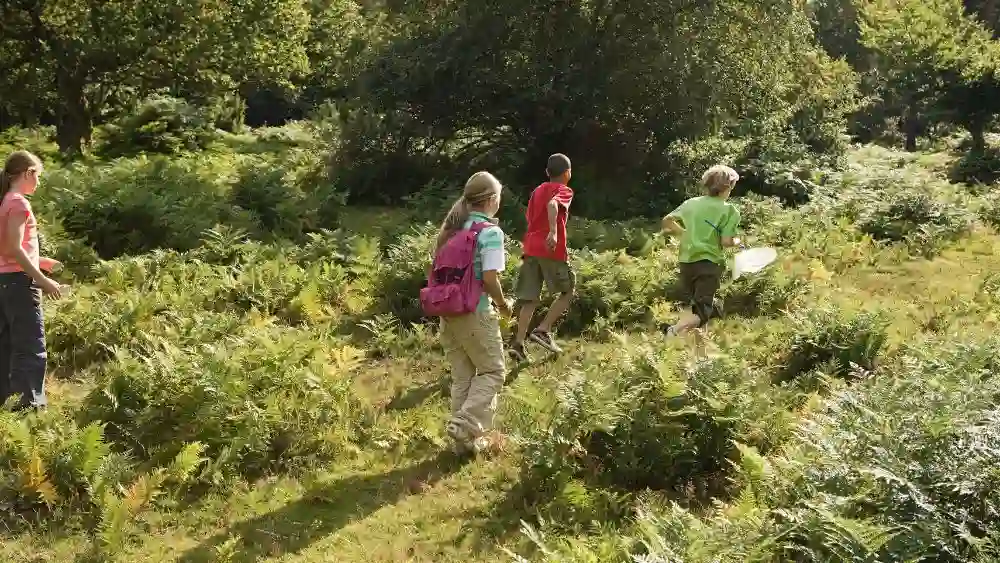
Want to see what’s it like to go on a Montessori nature walk? Follow your guide, Ian, on a plant-focused nature walk through London, or an animal-focused nature walk through New York!
Try Montessori Laboratory’s Hands-on Science Lessons for Free
Are you interested in seeing what Montessori Laboratory’s big-picture lessons, hands-on experiments, and engaging science activities are all about? Check out the free lessons below!
The First Great Lesson
Where did the stars come from? And the Sun? How was our Earth created? And what about the rest of…
Combining and Separating
Why does sand settle to the bottom of the ocean, but salt mixes in? How do people get sea salt out…
How Did Humans Discover Fire?
When did we start using fire? What 3 components does fire need to burn?



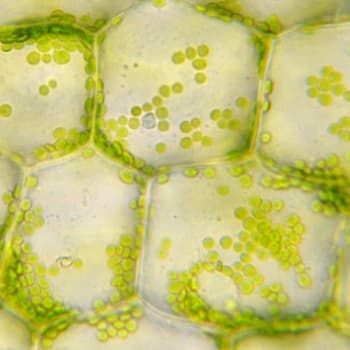

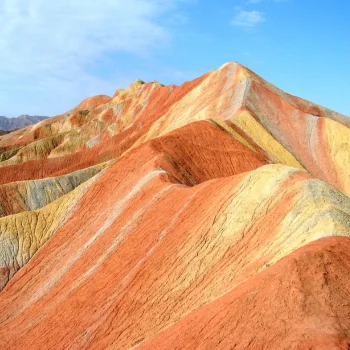
Responses